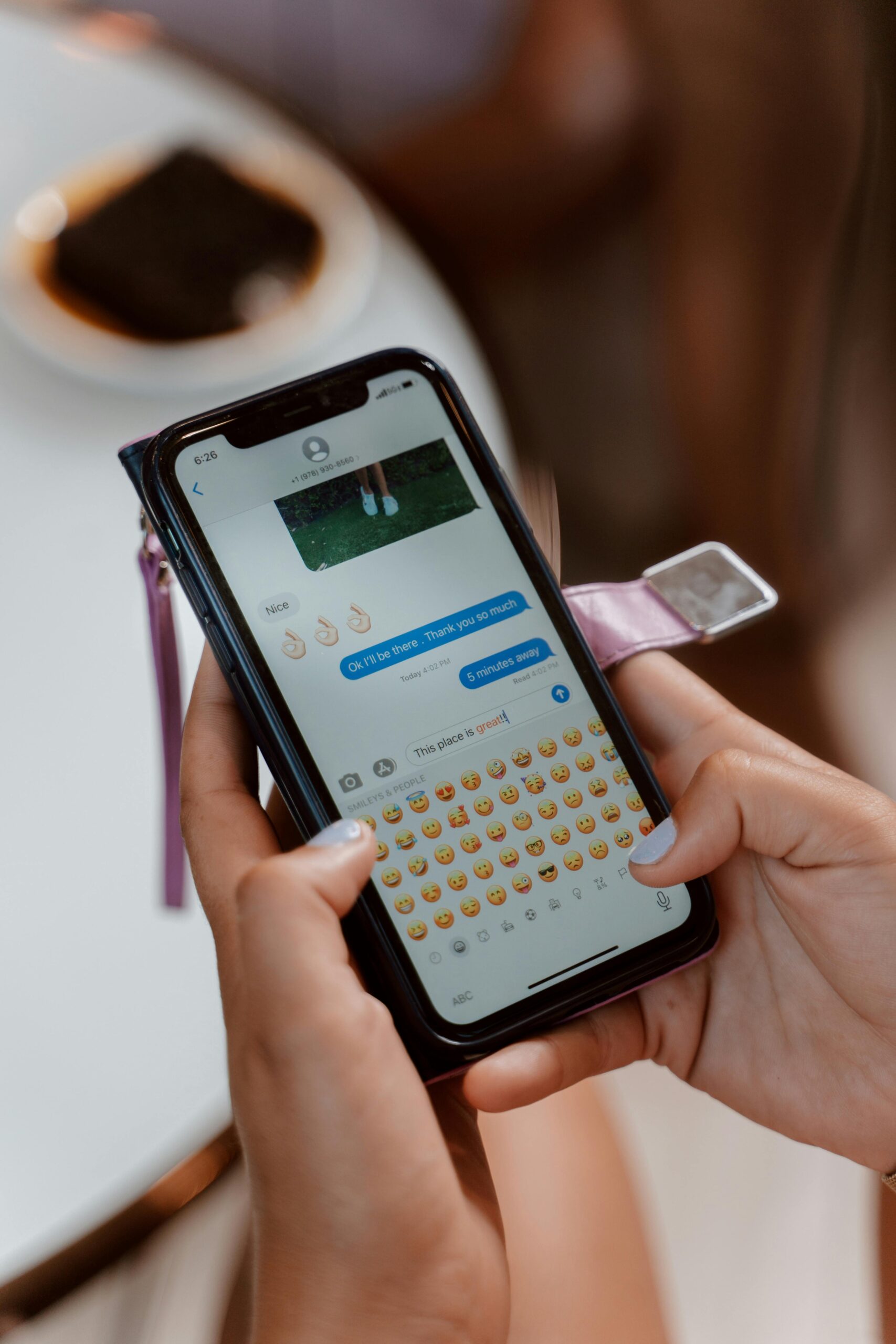In 2024, South Africa’s legal world watched something unusual unfold, a Judicial Conduct Tribunal where the evidence wasn’t just about words… it was about emojis. Yes, emojis. And not just any emojis, we’re talking 🍑, 🍆, 🍌, 👀, 💉, and more.
The case of Judge President Mbenenge opened a conversation that extends far beyond the courtroom: What do emojis mean in different contexts, and should they be regulated in the workplace?
When Fruit and Veg Isn’t About the Supermarket
Let’s be real 🍑, 🍆, and 🍌 are globally understood online as sexual symbols. Sure, if you’re talking about your grocery list, no problem. But if you’re not talking about actually going to the supermarket, these icons often take on sexual meanings:
- 🍑 = vagina
- 🍆 / 🍌 = penis
The context is key. In a sexual conversation, dropping a banana emoji doesn’t leave much room for “innocent” interpretation.
Hearts, Eyes, and Syringes, Its All About Context ❤️👀💉
Some emojis are trickier because they have multiple meanings:
- ❤️💓: Often linked to romance and affection, but still depend on the tone of the chat.
- 👀: Sometimes means “I’m watching” or “Really?”, but in this case, it was interpreted as “pervy eyes.”
- 💉: Typically medical, but here, it was alleged to symbolise a penis.
Even the 🤗 hug emoji, 😋 lip-licking emoji, and 🙈 “see no evil” monkey can change their meaning depending on the setting and who’s talking to who.
Emoji Combinations Speak Volumes
On their own, a 🍩 or a 👉 might be innocent. But put them together in a certain order, and suddenly everyone knows what you mean, no words needed. The same goes for threatening emojis like 🪚, ⚰️, or 🩸.
Language, Power, Gender… and Emojis
According to language and law experts (Gibbons, 2003; Alexander, 1999; Docrat & Kachula, 2015), workplace communication isn’t just about words, it’s about power dynamics, gender roles, and context.
- If a senior sends a suggestive emoji to a junior, that’s not just “flirting,” it could be harassment.
- Workplace cultures differ: what’s acceptable in one team might be totally off-limits in another.
Should Workplaces Ban Certain Emojis?
It depends. A blanket ban isn’t practical because language is fluid, meanings change over time, across cultures, and between generations. Instead, the smarter move is to:
- Develop a workplace-specific communication policy.
- Consult employees so they understand expectations.
- Regularly update the policy to reflect cultural and generational shifts.
And yes, if your policy says no 🍆 or 🍑 in work WhatsApp groups, then that’s the rule.
Why This Matters
The Mbenenge case wasn’t just about one judge, it was a wake-up call about how digital communication, context, and intent intersect with the law. Emojis might look playful, but in the wrong setting, they can be evidence in serious legal proceedings.
💬 Takeaway: Before you hit send on that emoji at work, think about your audience, the context, and the power dynamics. Because in court, 🍑 might not just be a peach, it might be Exhibit A.
Emoji Translation Chart
| Emoji | Innocent Meaning | Workplace Sexual/Threat Interpretation |
| 🍑 | Peach (fruit) | Vagina |
| 🍆 | Aubergine / Eggplant (vegetable) | Penis |
| 🍌 | Banana (fruit) | Penis |
| ❤️ / 💓 | Love, romance, affection | Romantic or intimate interest |
| 👀 | Looking, watching, paying attention | Pervy eyes, sexual suggestion |
| 💉 | Medical syringe, vaccination | Penis |
| 🤗 | Hug, comfort | Warmth, or in some contexts, physical desire |
| 😋 | Tasty food, appetite | Sexual desire, suggestive |
| 🙈 | Shyness, embarrassment | No / sexual shyness |
| 🍩 | Doughnut | Part of sexual act sequence |
| 👉 | Finger pointing | Part of sexual act sequence |
| 🪚 | Saw (tool) | Threatening imagery |
| ⚰️ | Coffin | Threatening imagery |
| 🩸 | Blood drop | Violence or threat |






